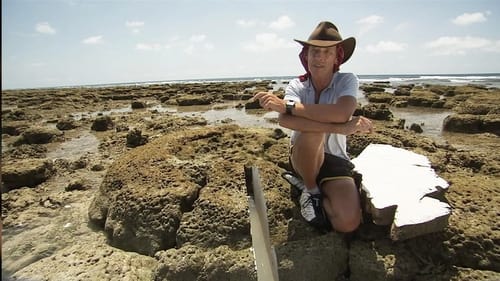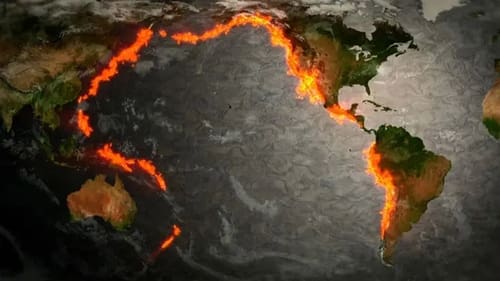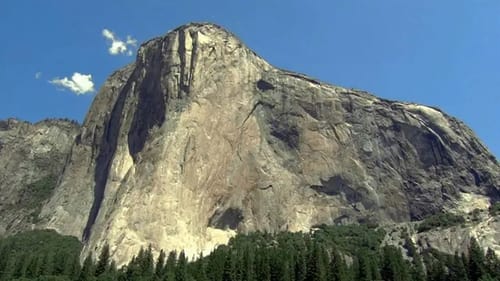
Documentary

The Worst Episodes of How the Earth Was Made
Every episode of How the Earth Was Made ranked from worst to best. Explore the Worst Episodes of How the Earth Was Made!

The Worst Episodes of How the Earth Was Made
Documentary
Every episode of How the Earth Was Made ranked from worst to best. Explore the Worst Episodes of How the Earth Was Made!
HISTORY goes to the ends of the earth to find where our world began. Forged from fire and ice, formed by floods, volcanoes, asteroids and...
Seasons2
Worst Episodes Summary
"Vesuvius" is the worst rated episode of "How the Earth Was Made". It scored 7.6/10 based on 32 votes. Directed by Unknown and written by Unknown, it aired on 12/1/2009. This episode scored 0.2 points lower than the second lowest rated, "San Andreas Fault".
























